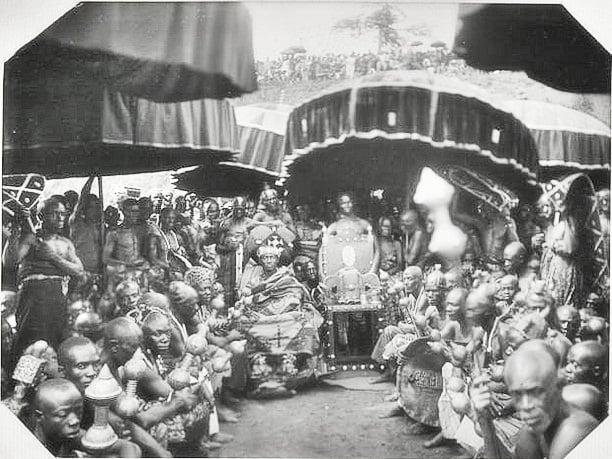unveiling the Grandeur of the Ashanti Kingdom: A Legacy of Empire and Culture
Nestled in the heart of West Africa, the Ashanti Kingdom was a powerful empire that flourished from the 17th to the 19th centuries. Renowned for its wealth, military prowess, and cultural achievements, the Ashanti legacy continues to inspire and captivate people worldwide.
A Golden Empire
Table of Contents
The Ashanti Kingdom’s wealth was largely derived from its control over the gold trade. The empire levied taxes on gold merchants and used its revenue to fund its military and expand its territories.
Ashanti goldsmiths were renowned for their exquisite craftsmanship, creating intricate jewelry, sculptures, and othre objects that were highly prized both within and outside the empire’s borders.
A Mighty Army
The Ashanti army was one of the most formidable in West Africa. It was organized into a highly disciplined and effective force,utilizing advanced tactics and weaponry.
- Warriors: Ashanti warriors were well-trained and equipped with swords, spears, and firearms.
- Commanders: Military commanders were highly skilled and experienced,ensuring the army’s success in numerous battles.
- Fortifications: The Ashanti capital of Kumasi was heavily fortified, making it virtually impregnable to enemy forces.
A Rich Culture
Beyond its political and economic power, the Ashanti Kingdom was a hub of cultural activity. Its artisans,musicians,and storytellers produced a rich tapestry of traditions that continue to be celebrated today.
- Kente Cloth: Ashanti weavers created vibrant and intricate kente cloths, which became a symbol of the empire’s wealth and prestige.
- Adinkra Symbols: Adinkra symbols are visual representations of proverbs and concepts, and are often used in Ashanti art and textiles.
- Music and Dance: Music and dance played a vital role in Ashanti society,with customary instruments such as the talking drum and atumpan drums.
| Art Form | Description |
|---|---|
| Kente Cloth | Vibrant and intricate woven fabrics, representing the empire’s wealth and prestige. |
| Adinkra Symbols | Visual representations of proverbs and concepts, widely used in Ashanti art and textiles. |
| Talking Drums | Drums capable of producing a variety of tones, used to communicate messages and convey stories. |
| Atumpan Drums | Large cylindrical drums typically played in pairs, used for ceremonial and festive occasions. |
A Legacy that Lives On
The Ashanti Kingdom was eventually defeated by the British in the 19th century, but its legacy continues to inspire and shape the region today.
- Ghana: The Ashanti Kingdom is considered a foundational influence on the modern nation of Ghana.
- Culture and Heritage: Ashanti cultural traditions, such as kente cloth and Adinkra symbols, remain an integral part of West African identity.
- Tourism: The ruins of Ashanti cities and villages are popular tourist destinations, offering a glimpse into the empire’s rich history.
Conclusion
The Ashanti Kingdom was a powerful and prosperous empire that left an enduring legacy on West Africa. its wealth, military prowess, and cultural achievements continue to fascinate and inspire people around the world. By exploring the grandeur of the Ashanti Kingdom, we gain a deeper understanding of African history and the enduring power of human creativity.

